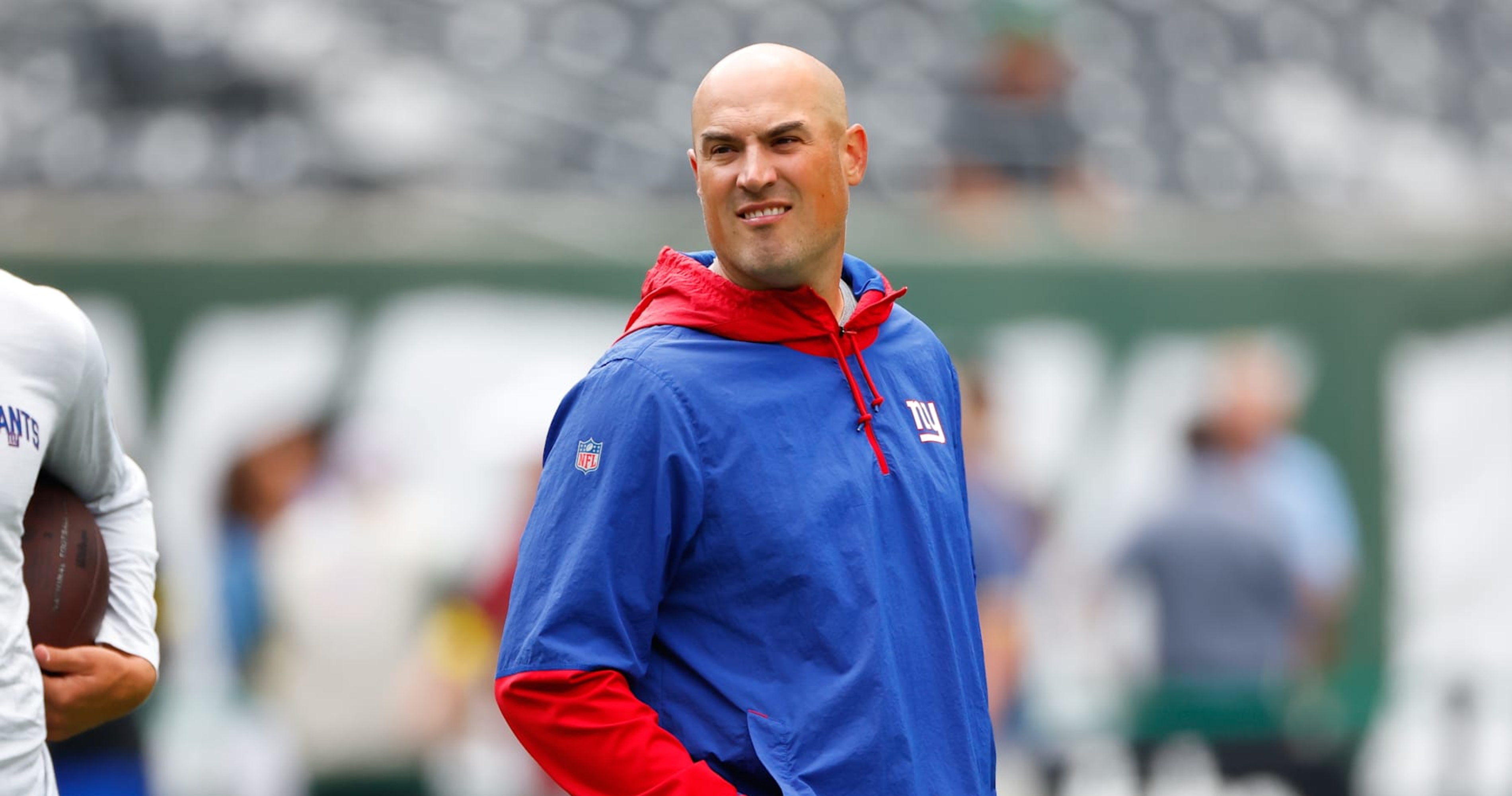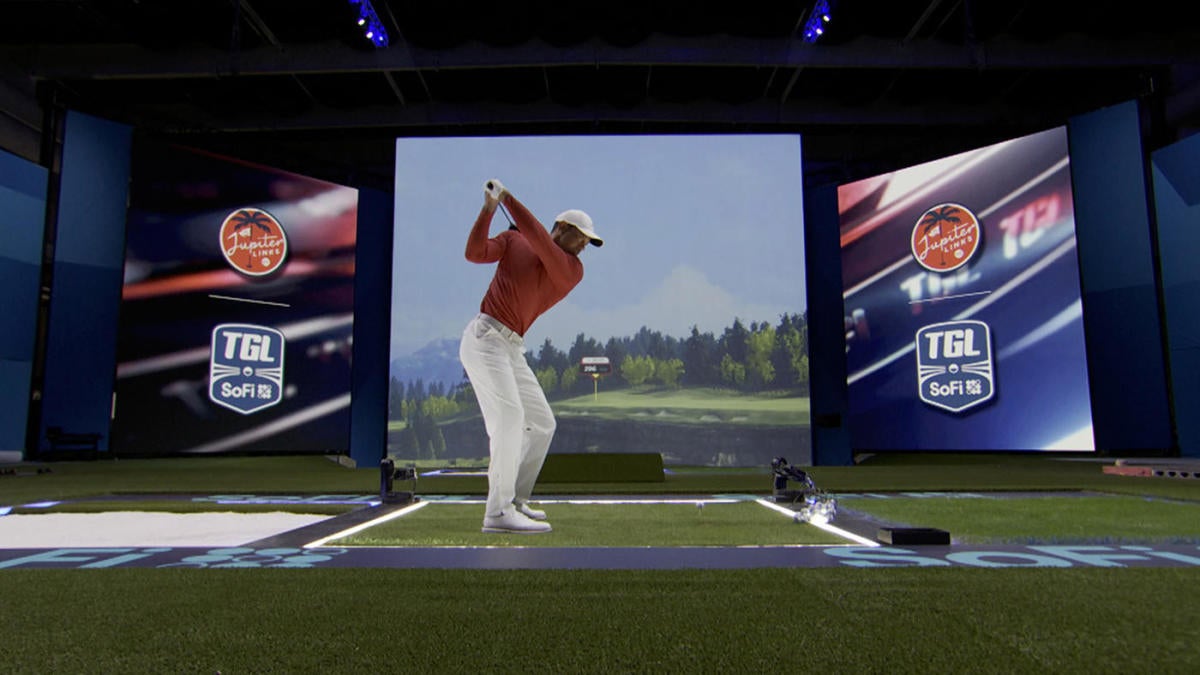Infra
NYC Congestion Pricing Begins, Charging Drivers to Enter Lower Manhattan

-
A new tolling system is now in place in New York City, charging drivers to enter parts of Manhattan.
-
The congestion-pricing charge is $9 during peak hours for passenger vehicles.
-
The funding from this toll is meant to support projects aimed at improving public transit.
New York City’s congestion pricing program went into effect Sunday, January 5, marking the first time a U.S. city has implemented such a system. The toll charges drivers a fee when their vehicles enter what’s called the Congestion Relief Zone, measured as the local streets and avenues south of 60th Street in Manhattan.
The toll, which has courted plenty of controversy, is up to $9 for drivers of passenger vehicles and up to $14.40 for trucks and buses during peak hours. The rates go down to $2.25 for cars overnight, and discounts are automatically applied for those who have already paid tolls on bridges and tunnels entering the city. The tolls will also have an effect on the prices of taxis and ride-sharing services such as Uber and Lyft. Passengers taking taxis within the zone will be charged $0.75 per trip, while those using ride-sharing vehicles will be charged $1.50 extra per trip.
The Metropolitan Transit Authority (MTA) says the toll is intended to reduce traffic, improve air quality, support public transit improvement projects, and speed up response times for emergency vehicles such as ambulances and fire trucks. The transit agency says it will result in 80,000 fewer vehicles entering the Congestion Relief Zone every day. The funding will be used to support a claimed $15 billion in projects for subways and buses in the city, including better accessibility and other infrastructure improvements. The MTA also says it plans to increase the toll to $12 in 2028 and $15 in 2031. Detractors of the plan, including many lawmakers in New Jersey and in the suburbs of New York, say the toll is an unfair tax on those who choose to commute into Manhattan via car.
The congestion pricing tolls use similar infrastructure as the region’s other tolling, with cameras that scan vehicles’ EZ-Pass readers and license plates. The rates are higher for those who are charged by mail via license plate, so the MTA is urging drivers to verify that their license plates are linked to their EZ-Pass accounts.

Congestion pricing has been discussed for NYC for decades but faced many roadblocks over the years. The current plan was announced in 2019 and was originally slated to go into effect in 2021 but faced numerous delays. The plan then received federal approval in 2023 and was about to go live in June 2024 when New York Governor Kathy Hochul announced a last-minute pause. A few months later, the governor announced a reduction in the toll from $15 to $9. Several lawsuits were filed against the program.
Other cities including London and Paris have implemented similar congestion-pricing systems with positive outcomes, and we’re curious to see how it works in New York City. There’s been plenty of backlash already from drivers and businesses in the tri-state area, but no matter what happens, we hope the MTA will publicly release data showing the effects of congestion pricing on traffic in the city.
You Might Also Like










